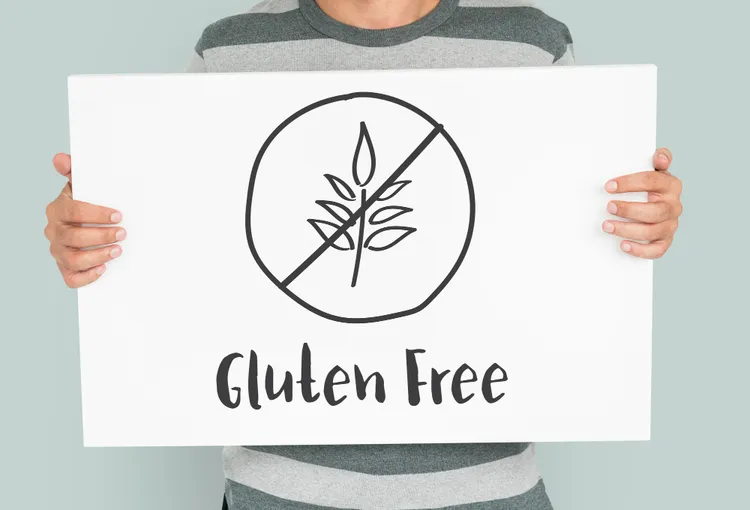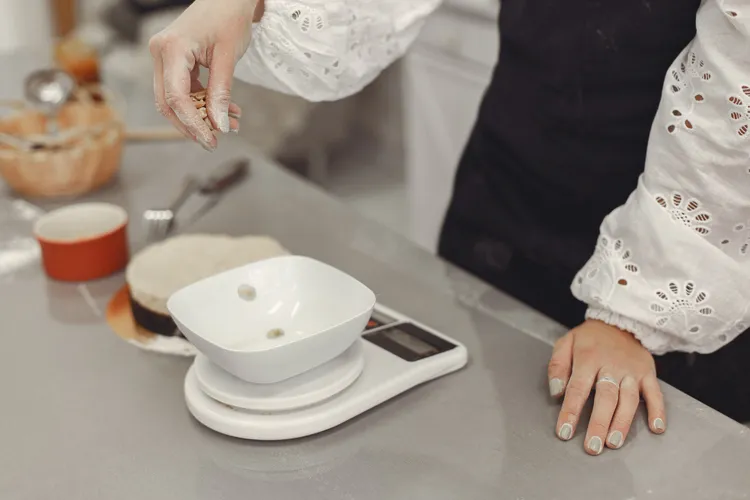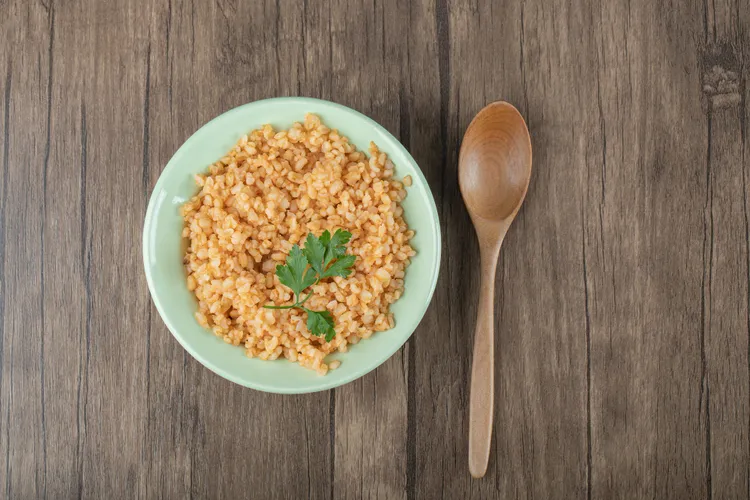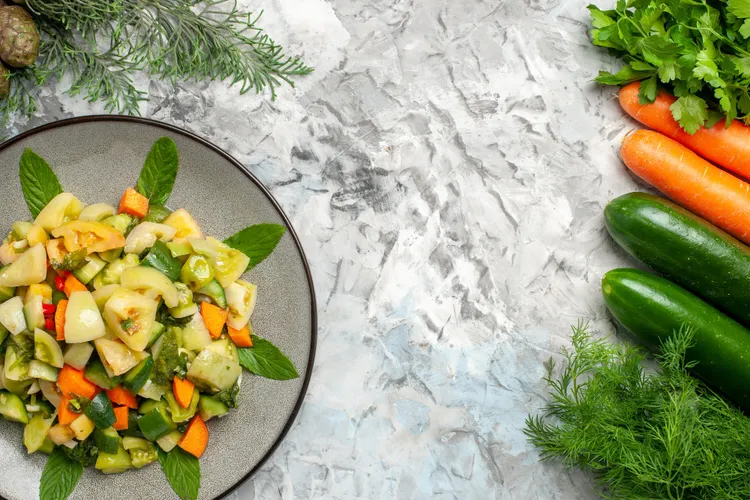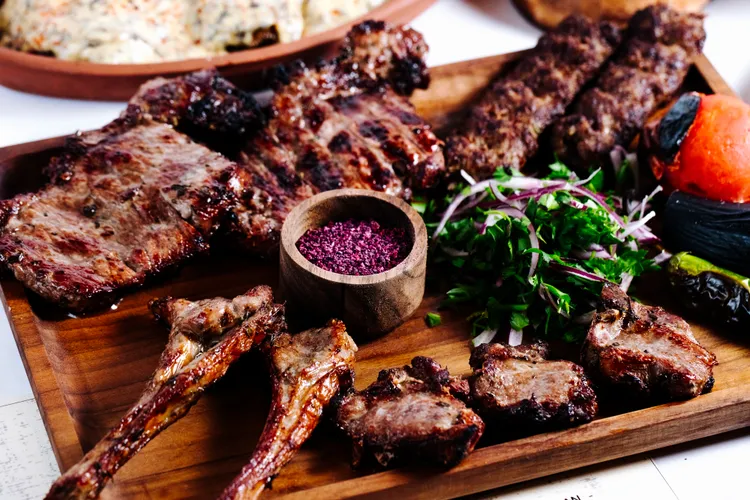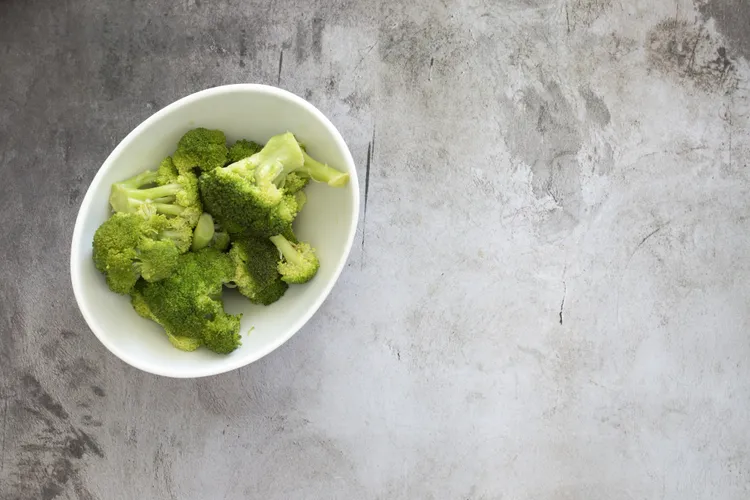What to Eat After a Workout: Timing & Strategy for Optimal Recovery
Whether you lifted heavy, crushed a spin class, or nailed your yoga flow, your next move is just as important as your workout itself: refueling your body right. Post-workout nutrition isn’t just about calories; it’s about giving your body the right tools to rebuild, recharge, and repair.
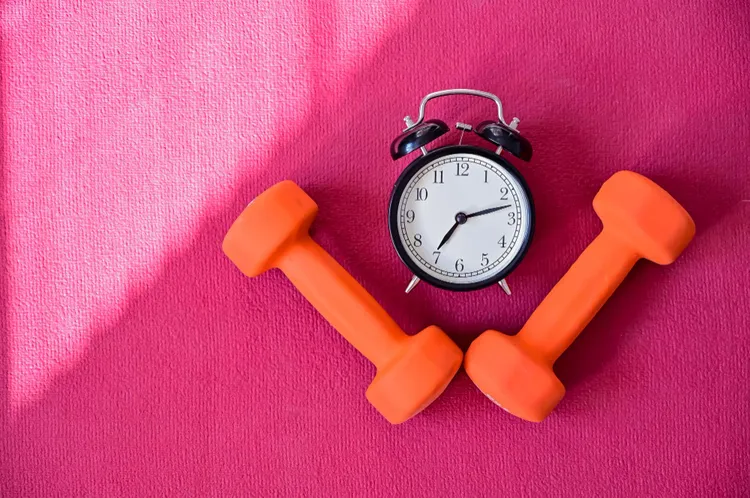
The Secret to Results Isn’t the Workout - It’s the Recovery
You crushed your workout. You stretched, hydrated, and maybe even felt that post-sweat glow. But what you do next - in the kitchen - can make all the difference in your progress.
Whether your goal is strength, endurance, or overall wellness, the food you eat after training determines how well your body repairs muscle tissue, replenishes energy, and reduces inflammation.
We’ll break down exactly what to eat after a workout, when to eat it, and why timing matters.
The Golden Hour: Why Timing Matters
Post-workout, your body is in recovery mode. Your muscles have used up glycogen (your main fuel), and micro-tears in muscle fibers need amino acids to repair and rebuild.
That’s why most sports nutrition research agrees on one thing:
The 30-60 minute window post-workout is your prime recovery time.
You’ve probably heard about the “anabolic window” - that magical time after your workout when your body is primed to absorb nutrients. And guess what? It’s real.
For about 30 to 60 minutes post-workout, your muscles act like little sponges - soaking up protein, carbohydrates, and nutrients faster than usual. This is your chance to give your body what it needs most: fuel for repair and recovery.
Here’s what happens in that window:
Your muscles rebuild micro-tears caused by exercise (that’s how strength happens).
Your glycogen (energy) stores start to refill.
Inflammation from training begins to calm down.
Your metabolism is slightly elevated, meaning nutrients get used efficiently.
Nutritionist’s Tip: If you can’t eat right away, start with a recovery smoothie - like one from our Anti-Inflammatory Smoothies Guide - then follow it up with a complete meal within 1-2 hours.
The Perfect Post-Workout Plate: Balancing Protein, Carbs & Fats
Think of your recovery meal as your body’s recharge station.
Here’s the ideal breakdown:
Protein (20-40g) → repairs and builds muscle tissue
Carbohydrates (40-80g) → replenish glycogen and stabilize energy
Healthy fats (5-15g) → reduce inflammation and support hormones
Example Combinations
Grilled tofu + quinoa + avocado
Smoothie with protein powder + oats + nut butter
Chickpea curry + brown rice + olive oil drizzle
Nutritionist’s Tip:
After high-intensity or endurance sessions, prioritize carbs and protein. For lighter or rest days, shift toward more healthy fats and greens.
When to Eat What (For Every Workout Type)
Every workout puts a slightly different kind of stress on your body - and that means your recovery needs change too. Understanding when and what to eat can help you feel stronger, reduce soreness, and get better results from your training.
If you’ve just finished a strength or resistance workout, like lifting weights or an intense HIIT session, try to eat within 30 minutes of finishing. That’s when your muscles are most ready to absorb nutrients. You’ll want a combination of fast-digesting protein to start the repair process and carbohydrates to refill your energy stores.
If your workout was more endurance-based - such as running, cycling, or swimming - your body will have used up a lot of glycogen. Focus first on replenishing carbohydrates to restore energy, then follow up with protein about an hour later to repair muscle fibers.
For low-intensity or mindful movement sessions, like yoga, Pilates, or stretching, your body doesn’t need as much carbohydrate refueling. Instead, focus on anti-inflammatory foods and healthy fats that help reduce muscle tension and support recovery - think avocados, nuts, seeds, and leafy greens paired with a moderate source of protein.
If you’re an early morning exerciser, your body has been fasting overnight, so refueling quickly is important. Go for something easy to digest but rich in both protein and complex carbs - like a smoothie, oatmeal bowl, or eggs with whole-grain toast. This helps replenish glycogen and kick-start recovery before your day gets busy.
Nutritionist’s Tip:
If you train more than once per day, keep your first post-workout meal light and fast-digesting - such as a smoothie or small meal - and make your second one a larger, balanced plate with plenty of slow carbs, vegetables, and healthy fats. This way, your body can recover between sessions without feeling sluggish.
Refuel, Rebuild, and Recharge
What you eat after your workout is just as important as the workout itself. Recovery is where progress happens - not in the gym, but after.
By timing your meals right and choosing whole, nutrient-rich foods, you help your body rebuild stronger, faster, and healthier.The right food helps you recover and get better results - without burnout.
Whether it’s a vibrant smoothie, a nourishing curry, or a colorful stir-fry, your post-workout plate should make you feel good inside and out.
Listen to your body. If you’re craving carbs, it probably needs energy. If you want something fresh and green, your body might be asking for micronutrients and hydration.
Explore the Full Recovery Series:
FAQ: Post-Workout Nutrition & Timing
What happens if I don’t eat after a workout?
You’ll delay muscle recovery, increase fatigue, and miss the optimal window for nutrient absorption.
Can I just drink a protein shake?
Yes, as a first step - but aim to have a full meal (with carbs and fats) within 2 hours.
Do I need carbs even if I’m not trying to gain weight?
Absolutely. Carbs are essential for muscle glycogen restoration and preventing fatigue.
What’s best before bed if I train at night?
Go for a slow-digesting protein like Greek yogurt or cottage cheese with berries.


